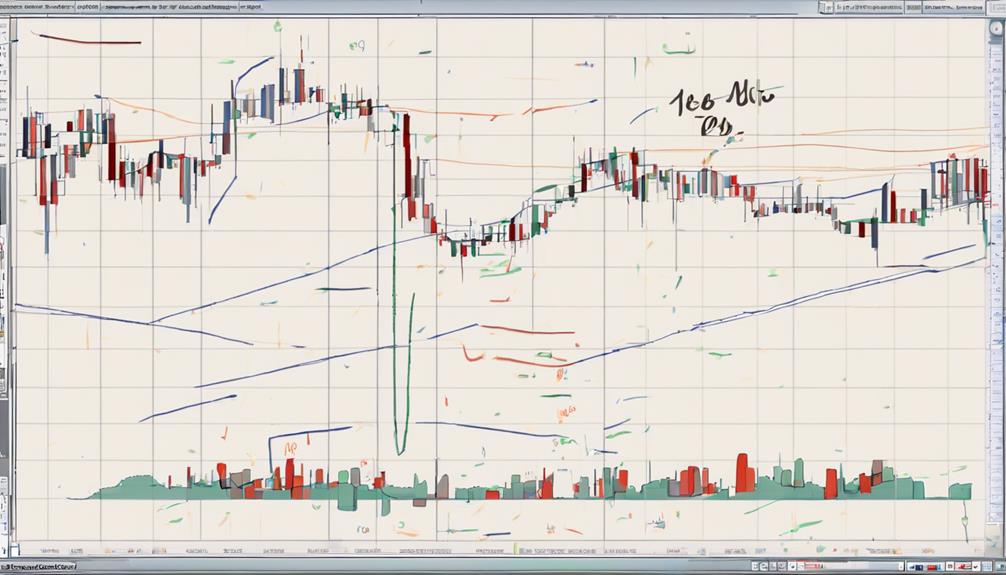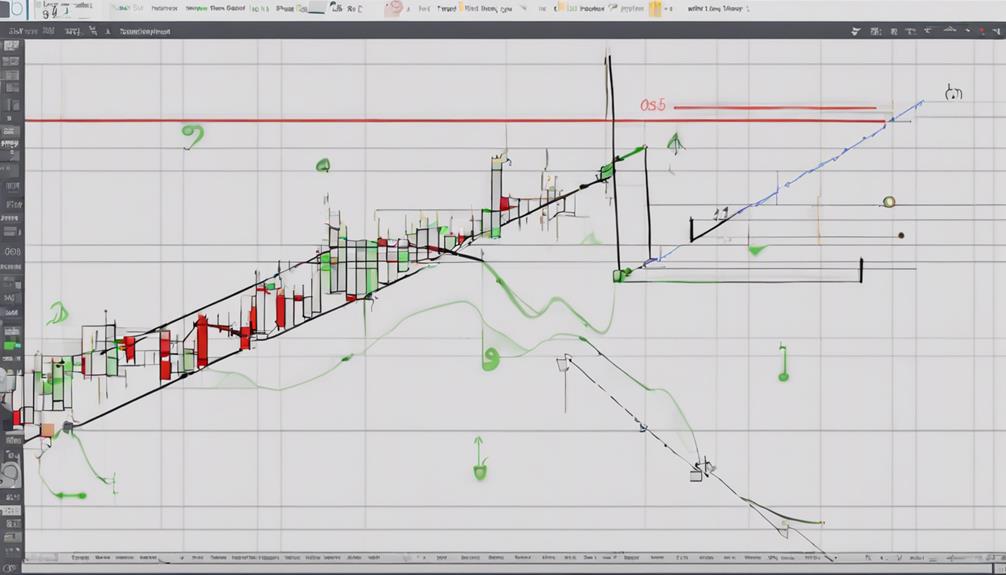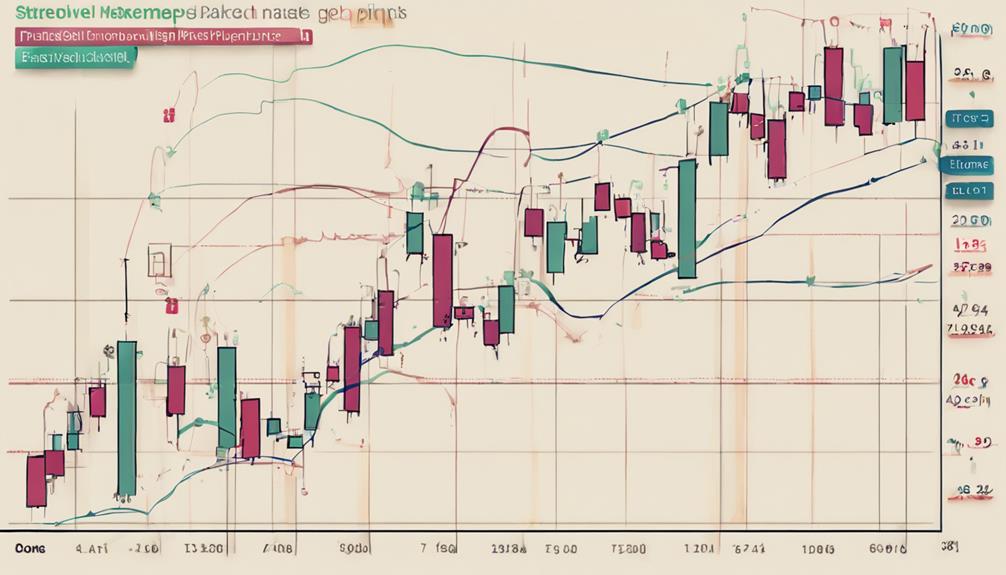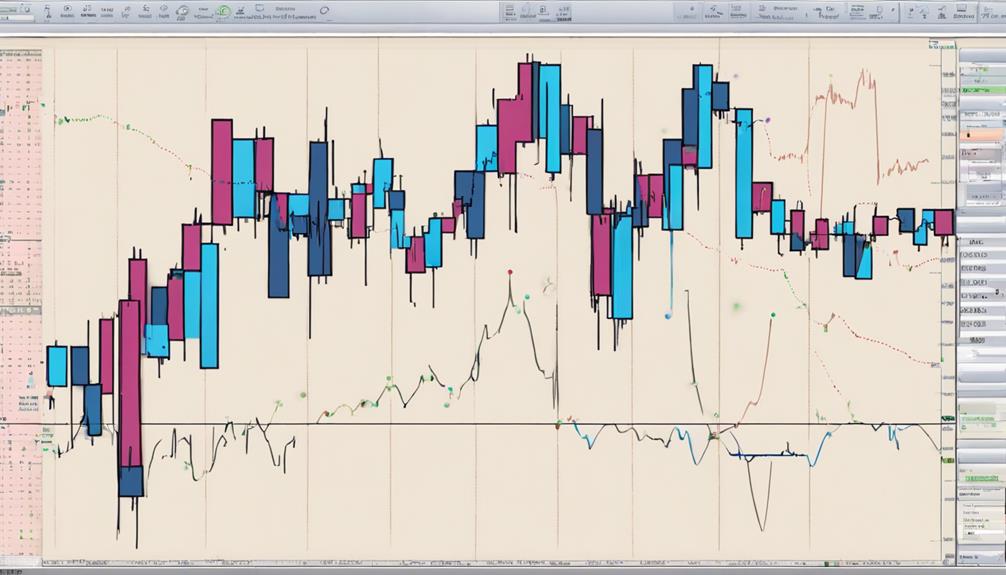Pivot points are a fundamental tool in stock trading, offering valuable insights into market dynamics. Traders who grasp the intricacies of pivot points can unlock crucial support and resistance levels, aiding in strategic decision-making.
However, mastering pivot points requires more than just basic calculations; it necessitates a nuanced understanding of market behavior and trends. By exploring advanced techniques for utilizing pivot points effectively, traders can gain a competitive edge in navigating the complexities of the stock market.
Understanding How Pivot Points Work
Pivot points, derived from the previous trading day's high, low, and closing prices, serve as crucial indicators of key support and resistance levels in stock trading. These levels are significant in technical analysis as they help traders determine potential price movements. Support levels indicate where the price is likely to stop falling or reverse, while resistance levels suggest where it may stop rising or pull back.
Traders use pivot points to develop strategies for entry and exit points. When a stock is trading above the pivot point, it signifies a bullish market sentiment, prompting traders to consider long positions. Conversely, trading below the pivot point indicates a bearish sentiment, leading traders to contemplate short positions.
Understanding how pivot points work enables traders to make informed decisions based on price action around these levels, enhancing their overall trading performance in the stock market.
Calculating Pivot Points Accurately

Accurate calculation of pivot points, derived from the high, low, and close prices of the previous trading session, is foundational for developing effective trading strategies in stock markets.
The central pivot point, often denoted as PP, serves as the primary reference level and is calculated as (High + Low + Close) / 3. Precision in determining this central pivot point is crucial as it forms the basis for deriving additional support and resistance levels such as R1, R2, R3, S1, S2, and S3.
Ensuring accuracy in calculating these levels is essential for traders to identify potential entry and exit points in the market. Daily pivot points play a significant role in day trading, offering key levels that can guide trading decisions throughout the trading day.
Incorporating Pivot Points in Trading Strategy

Utilizing pivot points in trading strategy involves leveraging key support and resistance levels to enhance decision-making processes and optimize trading outcomes. Pivot points, such as Fibonacci Pivot Points, serve as crucial technical analysis indicators that assist traders in identifying potential price reversals and market sentiment shifts. By incorporating pivot points into a trading strategy, traders can establish effective entry and exit points, as well as set appropriate stop-loss levels to manage risk.
One common strategy is the pivot point bounce strategy, where traders look for price movements to bounce off pivot levels as confirmation of a potential trend reversal. Additionally, traders often combine pivot points with other technical indicators to strengthen their analysis and improve decision-making accuracy. By integrating pivot points into their trading approach, traders gain valuable insights into market trends and increase the likelihood of successful trades. Ultimately, the strategic use of pivot points can significantly enhance a trader's ability to navigate volatile market conditions and achieve profitable results.
Leveraging Pivot Points for Profit Maximization

When optimizing trading strategies, the strategic application of pivot points enables traders to enhance profit maximization through informed decision-making based on key support and resistance levels. Pivot points serve as crucial indicators for determining entry and exit points in stock trading.
By leveraging these points effectively, traders can strategically place stop-loss orders to manage risk and protect their capital. Moreover, understanding pivot points aids in setting profit targets by analyzing price action at critical levels, thus increasing the potential for successful trades.
Incorporating pivot points into trading strategies enhances overall decision-making processes, leading to more informed and profitable outcomes. By utilizing pivot points to identify support and resistance levels, traders can optimize their trading approach and improve overall risk management practices.
Ultimately, the strategic use of pivot points plays a vital role in maximizing profits and achieving success in stock trading.
Avoiding Common Mistakes When Using Pivot Points

To optimize the effectiveness of pivot points in stock trading, traders must exercise caution and avoid common mistakes that can impact decision-making and trading outcomes. It is crucial to ensure the accurate calculation of pivot points using the correct formula based on the previous day's high, low, and close prices. Additionally, traders should not rely solely on pivot points for trading decisions but consider other technical indicators and market conditions for a more comprehensive analysis.
Being cautious of sudden market movements that can invalidate pivot point levels is essential. Traders should adjust their strategies accordingly to adapt to changing market conditions. Pivot points can be effectively utilized as a tool for setting stop-loss and take-profit levels, enhancing risk management in stock trading.
Regularly monitoring price action around pivot points is vital to confirm trading signals and avoid common mistakes in interpreting pivot point levels. By incorporating these practices into their trading routines, traders can maximize the benefits of pivot points while minimizing potential pitfalls.
What Are Some Advanced Techniques for Utilizing Pivot Points in Stock Analysis?
When it comes to stock analysis, utilizing pivot points can be crucial. Some top pivot point tips include identifying key support and resistance levels, using multiple time frames for analysis, and combining pivot points with other indicators for confirmation. These advanced techniques can help traders make informed decisions in the stock market.
Frequently Asked Questions
How Do You Use Pivot Points Effectively?
Effectively utilizing pivot points involves analyzing key support and resistance levels derived from previous day's high, low, and close prices. By interpreting these levels, traders can make informed decisions on entry and exit points, aiding in successful market navigation.
What Is the Best Indicator to Use With Pivot Points?
The Moving Average Convergence Divergence (MACD) stands out as the optimal indicator when paired with pivot points. It serves to corroborate trend signals, offering traders enhanced confirmation and precision in decision-making processes.
Do Professional Traders Use Pivot Points?
Professional traders widely rely on pivot points as key indicators to gauge market sentiment, identify support and resistance levels, and make informed trading decisions. Institutions and hedge funds also incorporate pivot points into their strategies for risk management and profitability.
What Is the Success Rate of Pivot Point Trading?
Pivot point trading's success rate varies based on traders' experience and market conditions, typically ranging from 70-80% with adept interpretation of price action. Proficiency, discipline, and adaptability are crucial for sustained success.
Conclusion
In conclusion, mastering the use of pivot points in stocks requires a combination of technical skill and market insight. By accurately calculating pivot points, incorporating them into trading strategies, and avoiding common mistakes, traders can leverage these key levels for profit maximization.
The strategic utilization of pivot points, in conjunction with other technical indicators, can provide valuable insights into market trends and help traders make informed decisions. Patience and diligence in monitoring price action at pivot levels are essential for successful trading.
